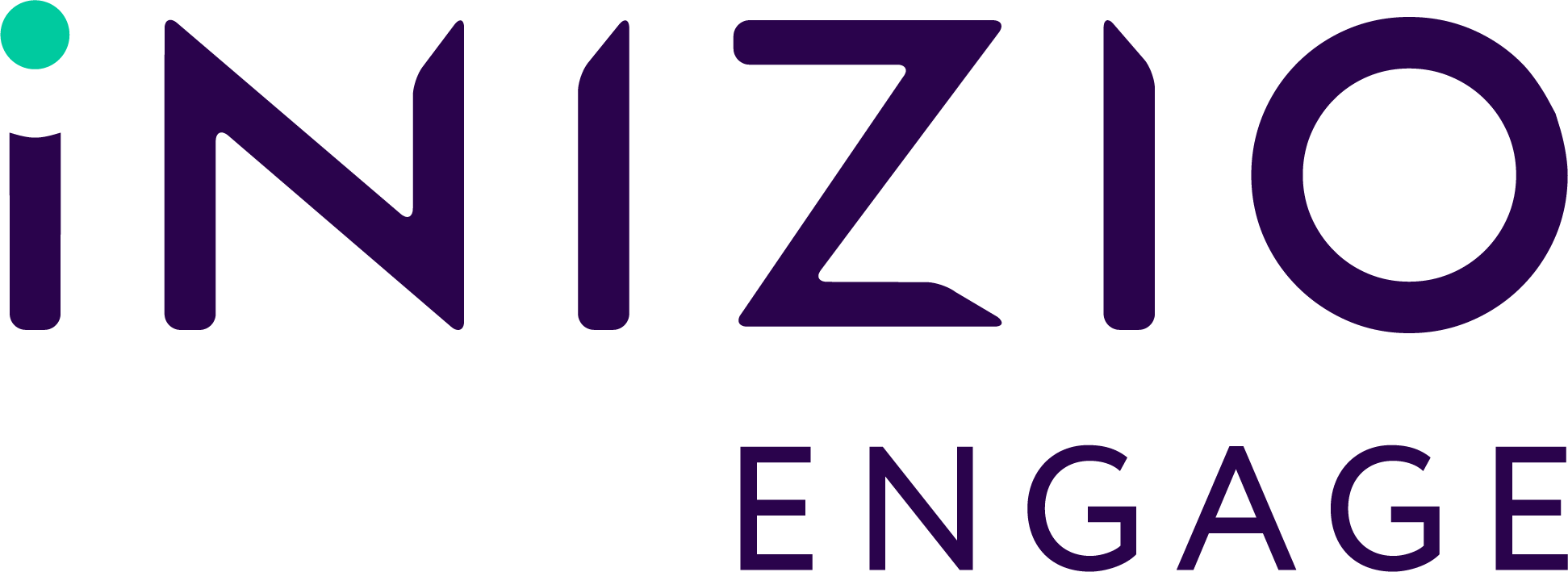Please note, this article contains references to Ashfield Engage which has now become Inizio Engage
Step 2 – Learning to work with internal and external stakeholders
Diseases don’t occur in a vacuum for those experiencing them, for those caring for them or for those trying to cure them. Similarly, Patient Engagement Programmes need to transcend operational siloes and take into account a 360° view of the patient and treatment landscape in order to be truly effective.
Once you have established your performance objectives and measurement systems as discussed in Setting up your Patient Engagement Programme for success, you need to map out all internal stakeholders who will have a role in designing, delivering and using the Patient Support Programme. Departments must work together from the start, not just in sharing data, but in coordinating goals and objectives.
Coordinating with internal stakeholders
Ideally you will hold a multi-disciplinary workshop where everyone can understand what success looks like to each stakeholder. It is important to remember that internal teams need to see the benefits for patients and their own teams in order to buy into the programme.
Certainly, each department will expect different outcomes from the programme and will be able to use collected data in different ways:
Market access and HEOR teams will value real-world data (e.g. disease outcomes, burden of disease and QoL) that can be used in peer-reviewed journals to support the value proposition and in negotiations with reimbursement authorities/formulary committees.
Brand teams want a positive patient experience.
Medical Teams would like to see adherence and persistence data showing patients are staying on the medications as prescribed and clinical data showing the desired outcomes.
Pharmacovigilance teams need to monitor performance of products in a wider population and look for uncommon side effects.
Addressing the needs of external stakeholders
Patients may be at the heart of your programme, but success relies on meeting the needs of a variety of external stakeholders. Each of these plays a key role in either the patient’s access to medication or their experience with the disease and treatment – and each has different concerns and needs:
PatientsEmotional and practical support
Payers / Health systemsCost effectiveness
Prescribers and HCPsValue |
NursesSimplicity
Care PartnersFeeling supported
Patient GroupsCare
PharmacyDisease education |
How to best identify the needs of external stakeholders
There are a number of primary and secondary research methodologies to draw upon to uncover insights on these external stakeholder groups to fuel a programme design that satisfies their different needs.
Consider the following research methodologies for different areas of insight:
- The disease background – you should work with therapy area and patient landscape analysis
- The product – you should explore literature and clinical trial review.
- Patients – you should conduct patient interviews.
- Conversations – you should tap social media and develop social listening skills.
- HCPs – you should engage with appropriate KOLs.
Now that you recognise the needs of the internal and external stakeholders and are designing your programme to best satisfy these requirements, you are ready to move to the next step in creating a successful Patient Engagement Programme – Changing behaviour to drive adherence.
View our patient engagement blog series and download our guidebook
- Step 1: Overcoming the hurdles faced in creating effective Patient Engagement Programs
- Step 2: Learning to work with internal and external stakeholders
- Step 3: Changing behaviour to drive adherence
- Step 4: Managing channels and data to meet patients where they are
- Step 5: Designing a fantastic Patient Engagement program but no patients enrol

Next-generation patient engagement programs
We’re a leading provider of field-based nurses, contact centre and omnichannel patient support services for the healthcare industry.
Our unique approach combines behavioural science, patient-centric technology and unparalleled collaboration.

View more Inizio Engage insights.
Jump to a slide with the slide dots.
 Nareda Mills
Nareda Mills
Apps and wearables.
The promise of an improved patient experience through mobile apps and wearables is still up for debate...
Read moreA Career Rooted in Care: Christine Magnusson’s Journey from Nursing to Clinical Trials to Patient Solutions
Christine Magnusson brings clinical trial expertise and a compassionate, patient-focused lens to her new leadership role at Inizio Engage.
Read more Chris Starr
Chris Starr
Human-led, AI-powered: Transforming Commercial strategy in pharma
At the intersection of human expertise and cutting-edge technology, AI-powered tools are revolutionizing how you optimize commercial operations.
Read more